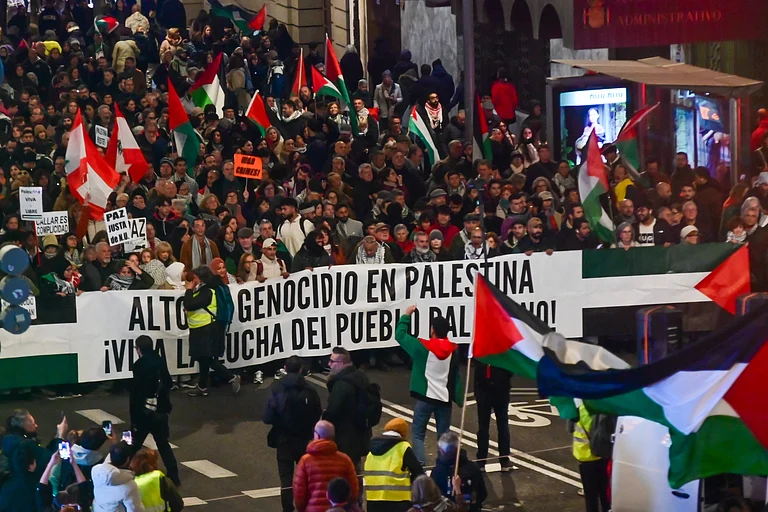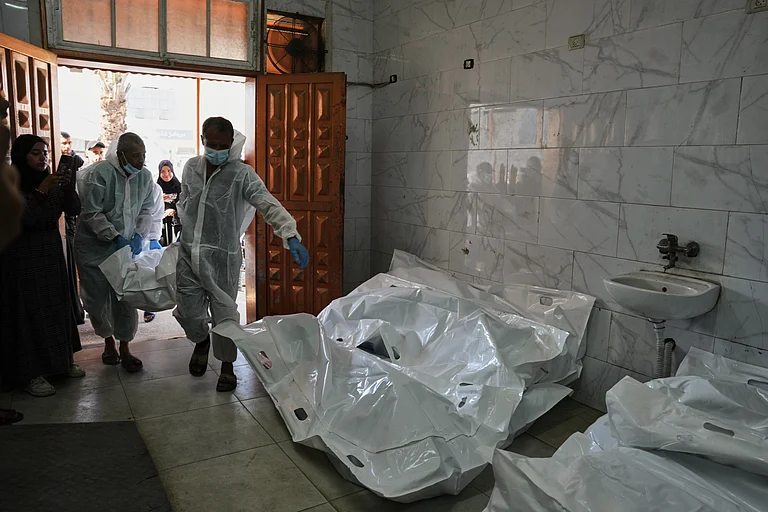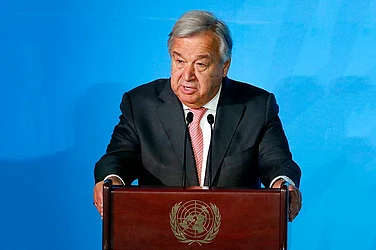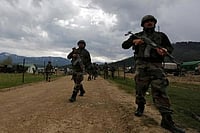Gaza is left behind with a staggering amount of rubble. Over 42 million tonnes of debris now cover the streets and neighbourhoods, a figure 14 times higher than the rubble accumulated in previous conflicts. The sheer scale is so vast that, piled up, it could fill the Great Pyramid of Giza 11 times.
But for families like that of Jihad Shamali, this rubble has taken on a new, painful significance. Shamali, a former construction worker from Khan Younis, now uses the wreckage of his own home to craft gravestones for victims of the ongoing conflict. "We get the rubble not to build houses, but for tombstones and graves – from one misery to another," he says, as reported by Reuters. His 11-year-old son, Mohammed, helps by gathering pieces of their destroyed roof, turning their home’s remains into gravel for this grim task.
The destruction isn’t limited to individual homes; much of Gaza lies in ruins. Two-thirds of Gaza’s pre-war structures, including over 163,000 buildings, have been damaged or flattened, according to U.N. satellite data. The United Nations estimates that clearing the debris could take 14 years, given the current pace and challenges. This immense volume of destruction is spread across Gaza’s 45-kilometer-long, 10-kilometer-wide stretch of land, affecting nearly every aspect of daily life.
For many families, rebuilding seems like a distant dream, with immediate survival being the priority.
Yusri Abu Shabab, a taxi driver from Khan Younis, cleared enough debris from his home to erect a tent where his house once stood. "Who is going to come here and clear the rubble for us? No-one," he says. "Therefore, we did it ourselves."
This improvisation is common across Gaza. With limited resources and no immediate help in sight, people are forced to make do with what they have. The tents that now dot the landscape serve as temporary shelters, but for many, these makeshift homes could become long-term living arrangements.
A Humanitarian Crisis
The war has also taken a heavy toll on Gaza’s population. Nearly 42,000 Palestinians have been killed over the past year, according to Palestinian health authorities, while countless others have been injured or displaced. The rubble, which now dominates the landscape, conceals even more loss. As many as 10,000 bodies remain trapped beneath the debris, according to the Palestinian health ministry. These include people who were caught in airstrikes, collapsing buildings and other forms of violence during the conflict.
The presence of unexploded ordnance adds to the danger. The International Committee of the Red Cross warns that the risk of unexploded bombs and other remnants of war is pervasive, making it hazardous for civilians and aid workers alike to navigate or clear the debris.
The rubble itself poses other health risks. The United Nations Environment Programme (UNEP) estimates that 2.3 million tonnes of the debris could be contaminated, particularly in Gaza’s eight refugee camps, many of which have been struck by airstrikes. Contaminants such as asbestos, often present in older buildings, are a serious concern. When inhaled, asbestos fibers can cause cancers of the lungs, larynx, and ovaries.
According to the World Health Organization (WHO), there have been nearly a million cases of acute respiratory infections in Gaza over the past year. Though not all cases can be directly linked to the dust from the rubble, WHO spokesperson Bisma Akbar says that the dust is a "significant concern." It has the potential to contaminate both water and soil, leading to long-term health consequences for Gaza’s residents, including lung disease and possibly cancers in the coming decades.
Recycling and Rebuilding
In the face of such overwhelming destruction, efforts to clear the rubble are beginning to take shape. A U.N.-led Debris Management Working Group, co-chaired by the United Nations Development Programme (UNDP), has launched a pilot project in Khan Younis and Deir El-Balah to start clearing roadside debris this month. "The challenges are huge," says Alessandro Mrakic, head of the Gaza Office for the UNDP. "It’s going to be a massive operation, but at the same time, it’s important that we start now."
Clearing the rubble is just the first step. Gaza, with its limited land and resources, faces a dilemma: where to dispose of the debris? Much of the land that could be used for disposal is in restricted military zones controlled by Israel. However, Israel's military unit COGAT has indicated that it will work with the U.N. to expand waste-handling efforts, though detailed discussions on long-term plans have yet to take place.
Gaza has previously used rubble to build seaports, and now the U.N. hopes to use a portion of the debris to improve road networks and strengthen the shoreline. However, recycling on the scale required would need significant investment in equipment such as industrial crushers. These machines would need to enter Gaza through crossing points controlled by Israel, a process that could face delays due to the political situation.
The estimated cost of clearing just 10 million tonnes of debris is around $280 million. If the war were to end today, the total cost to clear all the rubble could reach $1.2 billion. The U.N. predicts that the process could take 14 years to complete, assuming current conditions. This timeline does not account for the potential for renewed violence, which could add to the destruction.
Another major bottleneck is the shortage of equipment and fuel. Government officials in Gaza report that Israeli restrictions on fuel imports and machinery have slowed down clear-up efforts. The approval processes for bringing in the necessary equipment are often lengthy, delaying much-needed work.
Despite these challenges, several international donors have expressed interest in supporting Gaza’s recovery. However, many remain hesitant to invest heavily in reconstruction without a political solution in place. A U.N. official, who requested anonymity, summed up the global concern: "Everybody's concerned whether to invest in rebuilding Gaza if there is no political solution in place."




























